Android 16 is coming soon, and it’ll introduce some of the biggest visual changes we’ve ever seen to Google’s phone software.
The new ‘Material 3 Expressive’ design is a dramatic refresh of the familiar Android experience, which aims to make your device feel more “unique to you”. Using elements of colour, shape and motion, Google says it “inspires emotion, communicates function, and helps users achieve their goals”.
The target audience for this new design is no secret: it’s Gen Z. In an official blog post, Google specifically highlights the high approval rates for this so-called “expressive design” among people aged 18-24.
At 27, I don’t quite fall into that category, though I am just about young enough to be considered Gen Z. As someone who already uses Android every day, Google doesn’t need to convince me to make the switch, but it clearly wants to tempt other young people away from the iPhone.
However, based on the screenshots, videos and GIFs already shared, I believe the company is taking the wrong approach. Here’s why.
If it ain’t broke…
Google clearly thinks that it needs to make big changes to make Android 16 appeal to Gen Z. My argument is that it has already done that.
As the company itself acknowledges, the introduction of the original ‘Material You’ in 2021 has been a success. Android 15 feels more responsive and intuitive than past versions, with just the right level of customisation and some unique design elements.
By dramatically increasing how “expressive” Android 16 is, Google risks ruining what makes Android so good: subtlety.
One of the main reasons I consistently recommend Pixel phones is that they’re so easy to use. Until now, Google’s approach to software has been relatively stripped back, offering a strong core experience that offers everything you need without making you jump through too many hoops.
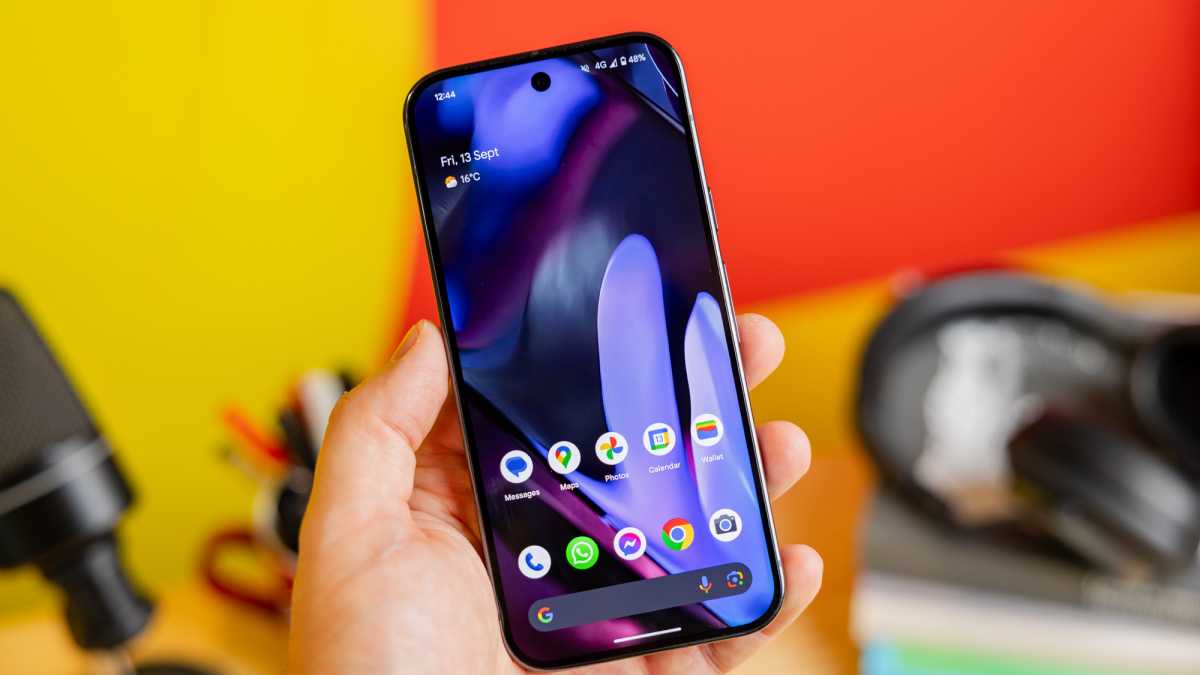
Dominik Tomaszewski / Foundry
Material 3 Expressive threatens to undo that by opting for garish colours and over-the-top animations. Android 16 looks fun and funky, but how practical will it really be?
Now, I might be in the minority here, especially among people of a similar age. But I can’t envision a world where Gen Z will flock to Android just because, in Google’s words, it “makes you feel something”.
What about consistency?
From a visual standpoint, I can’t deny that Material 3 Expressive has a lot going for it. In all of Google’s official images, videos and GIFs, Android 16 looks stunning, with clever design elements and system apps that appear to have been built from the ground up.
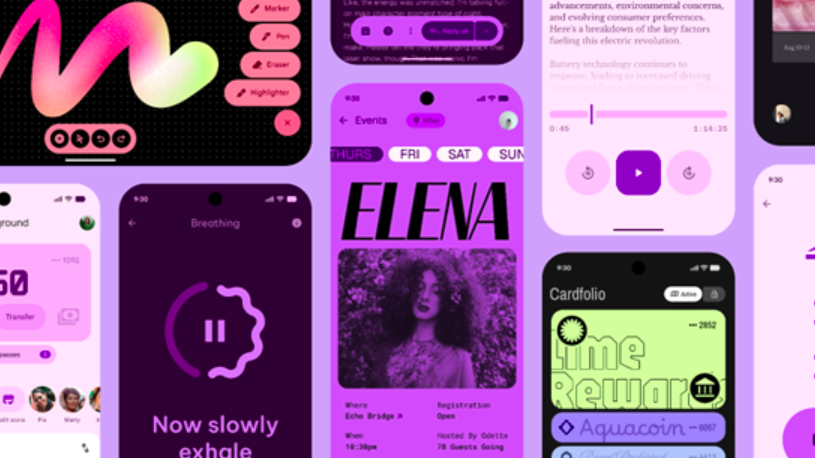
The problem? That won’t be a consistent experience for you, regardless of the device you choose.
On Pixel phones, where the software is likely to closely align with this, Material 3 Expressive will apply to most elements that are designed by Google itself. But even then, it might be a while before all of its apps are updated.
When it comes to third-party apps? The experience is likely to vary. A lot.
Even as someone heavily invested in the Google ecosystem, a significant chunk of my phone usage is on apps made by other companies. How quickly will they adapt to this new design, if at all?
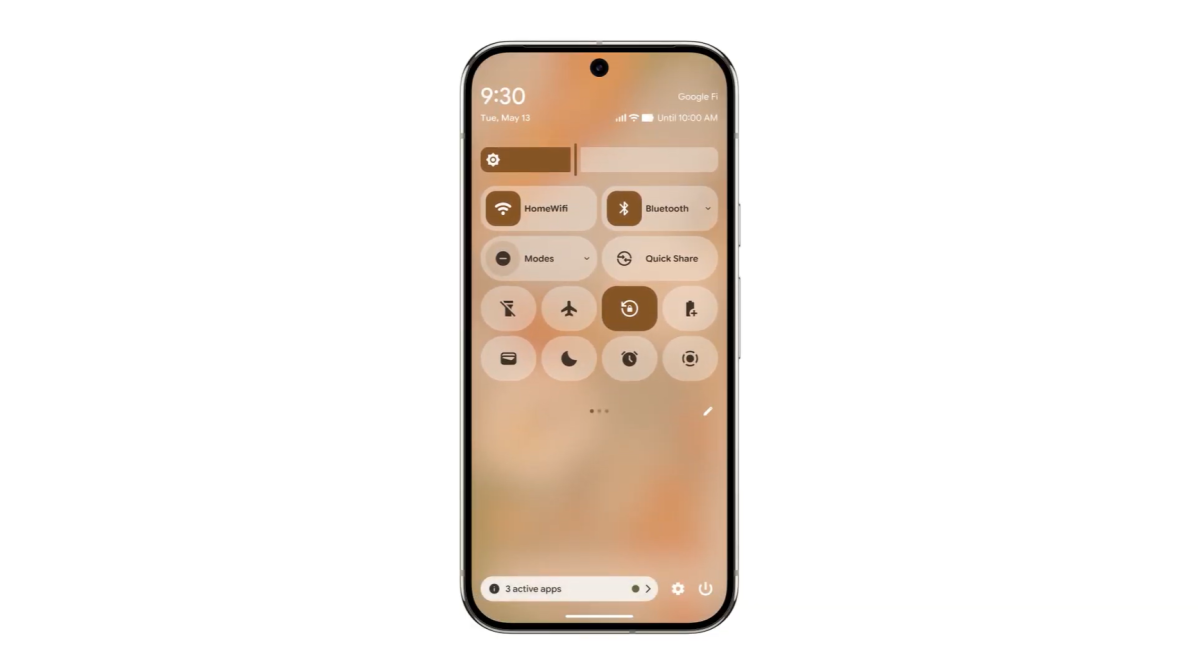
The likes of Microsoft, Meta and Amazon all have their own priorities, while smaller companies won’t want to spend vast sums of money making their apps more ‘expressive’.
As a result, an inconsistent experience is almost inevitable. It’s already the case on Android 15, but the contrast with Material 3 Expressive could be even more jarring.
That’s before we even get to the fact that Google is far from the biggest name when it comes to Android phone hardware. I can’t see the likes of Samsung, Xiaomi and Oppo (all of which have a larger market share, according to StatCounter) being fully in alignment with Google on this.
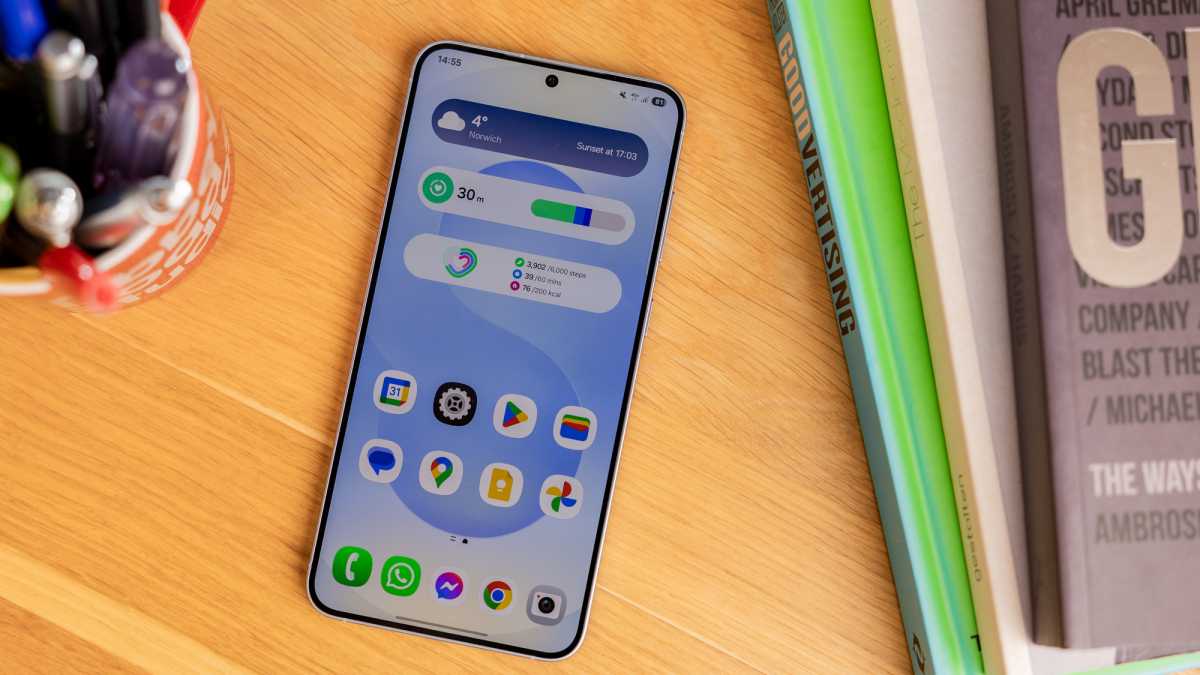
Dominik Tomaszewski / Foundry
What about older people?
I totally get why Google wants to target the next generation of Android users, but I think Material 3 Expressive risks alienating many of its current users in the process.
In an official post, Google cited its own survey, where 87% of respondents aged 18-24 favoured an ‘expressive’ design. For my cohort, 25-34, the figure was 81%.
However, that figure drops sharply among those aged 35 and older, with just over half (52%) of respondents in the 55-64 category indicating approval. It seems that no one over 64 was even asked.
It’s also not clear how the question was phrased. Do people simply like the idea of ‘expressive’ design, or is there some degree of approval for Google’s specific vision?
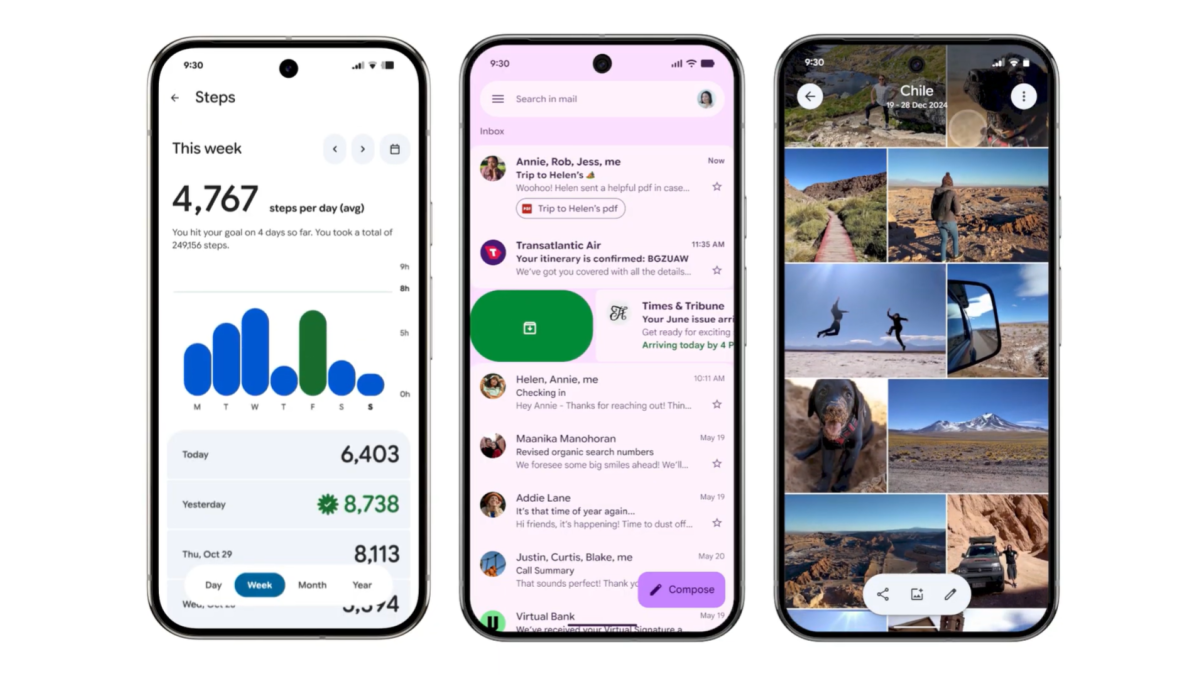
I understand that Apple has the clear upper hand when it comes to users aged 34 and under in the US (as of December 2021, according to Statista). But the reasons most people use an iPhone go far beyond design: iMessage, FaceTime, the powerful Apple ecosystem, peer pressure. A new lick of paint and animations in Android 16 are unlikely to change that.
At the same time, I think more people aged 35 and over, who form the bedrock of Android’s current user base, could be put off by the new design and potentially jump ship.
Even if they stick with Android, it’s more likely to be One UI 8 on Samsung Galaxy phones than a Pixel device.
In other words, Material 3 Expressive is a big risk for Google and could end up doing more harm than good. I really hope I’m wrong and that it brings the power of Android devices to more people of all ages, but I just can’t see it happening.


